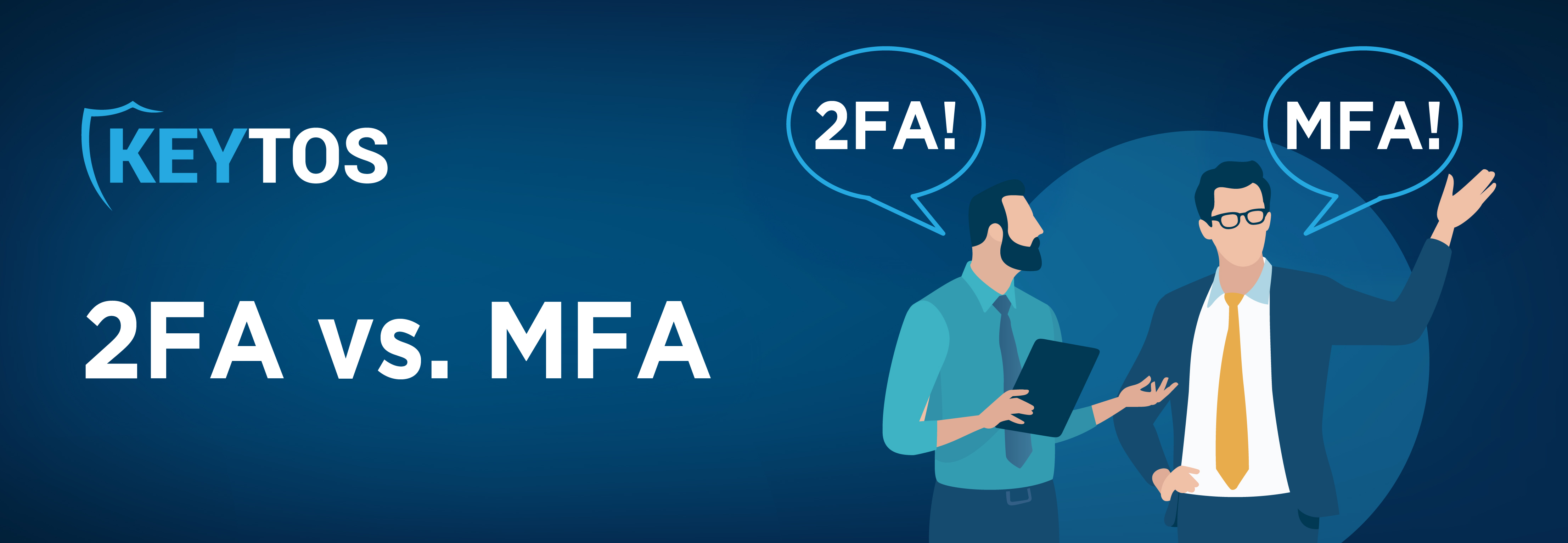
2FA, or two-factor authentication, may seem like the cool new acronym on the block, but it’s realistically been used since nearly the beginning of IT security. The two factors that constitute two-factor authentication are (a) something you know, like a password, and (b) something you own, like an email or a smartphone. In general, any system that considered itself to be highly secure has always come with the requirement that users put in some sort of card or USB stick in order to gain access to them; however, with the advent of smartphones, smartphones themselves transformed into that second factor. This extra factor adds an extra layer of security – bad actors can no longer hack into your accounts with merely a password.
You know that basic rule of math, “every square is a rectangle, but not every rectangle is a square?” Terrible memories of high school geometry aside, this principle applies exactly to 2FA vs. MFA. Every 2FA is MFA, but not every MFA is 2FA. What do we mean? In case you couldn’t tell from the naming pattern, where 2FA uses two factors, MFA uses two or more factors to authenticate users. This is honestly common sense – why use just a password and email address when you can also use a smartphone? The more factors, the more layers of security – at least, that’s the case in most use cases. In essence, MFA is just a broad term that encompasses 2FA. This is a large reason why MFA has skyrocketed in popularity over the last few years.
While all MFA is a step in the right direction, a lot of MFA options are still phishable. Because of this unfortunate fact, if your organization implements a phishable MFA, the rapid growth of phishing attacks will force you to change to an unphishable credential method such as FIDO keys or smartcards in a few years.
Two factor vs multi factor authentication - what should you choose? What’s the difference? The biggest, and honestly only, difference between MFA and 2FA is that 2FA only uses two factors whereas MFA uses two or more factors for authentication. But does this mean that MFA is the best fit for your organization? Not necessarily. It is vital that you take into consideration user experience and budget.
If your organization implements MFA and requires users to use, let’s say, 5 factors to be granted access, the users might soon get annoyed due to the seemingly-excessive and time-consuming security measures; when this happens, there are always a few people who will do whatever it takes to find some workaround, any easy way out they can get their hands on. All that does is make the system markedly less secure – in that instance, perhaps 2FA would have served the organization better.
Additionally, 2FA is cheaper than MFA and easier to set up – if your organization is tight on budget and wants to implement a system that is proven and “secure enough,” then 2FA might be for you. Of course, MFA will be inherently more secure, but that does not mean that 2FA is bad or antiquated. It truly depends on the use case.
Regardless of what your organization decides to use, the important thing is that it is using something. Without 2FA or MFA, it is incredibly easy for hackers to break into users’ accounts, and no one wants that on their plate. The premier level of security that your organization can implement is passwordless MFA, a true juggernaut of security that is highly safe and easy. To learn more about the power of going passwordless and to see if it is for you, schedule a FREE consultation with one of our experts today!